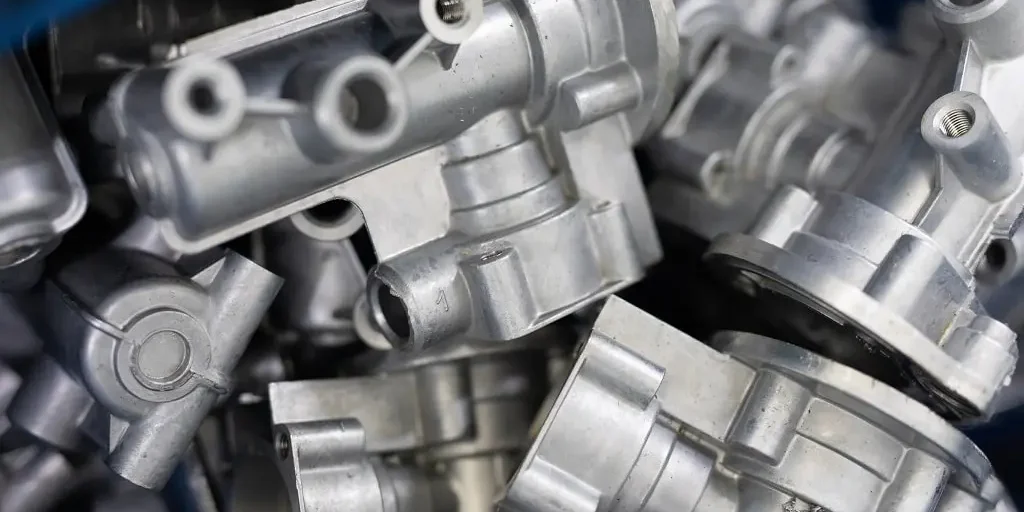Casting Repair: How to Repair a Cracked Aluminum Casting
One question that comes up often in the world of welding is that of casting repair. Casting repair for aluminum castings takes just a few steps. Like all our services, Elite Welding & Fabrication strives to provide a transparent and simple process for every project. And, because it comes up so much, especially with different motor vehicles, we want to offer a brief breakdown of the casting repair process here.
Determine the Materials
Although it may seem obvious, the most important first step comes with determining the material of the casting. If you’re looking for aluminum casting repair, then obviously you want to make sure that your castings are actually aluminum. Vehicles like motorcycles, ATVs, and cars often have castings made from aluminum. But, they also are made with magnesium alloys. And, magnesium castings that are repaired using aluminum filler rod or aluminum castings repaired with magnesium filler rod will not repair properly. So, determining which of the two your vehicle’s castings are made from helps to take this first important step toward repair.
So, how do you determine the difference between these two types of castings? One easy solution comes with white vinegar. A simple product you can buy at the store, white vinegar causes a reaction with magnesium alloy that it won’t have with aluminum. By dripping a small amount of it on magnesium alloy, you cause a reaction that leads to slight bubbling on the casting. An aluminum casting will have no reaction at all, telling you immediately what type of casting repair you need to perform.
Choosing The Best Filler Metal
With the identification of your casting’s metal figured out, you then need to determine what metal filler works best. Depending on who you ask, there are different answers to this question. Likely from previous experiences with certain kinds (both positive and negative), different metal welding and fabrication businesses may have different opinions. The most commonly-used aluminum casting alloys are AlSiMg alloys. For repairs on this type, the one most often used is 4043. If the casting in question was crafted from AlMg alloy instead, 4043 can still work, even if it doesn’t perfectly match the materials. Because of this, 4043 filler tends to find itself as the most commonly used for most aluminum casting repair.
Using Metal Filler For Casting Repair
Once you’ve determined the correct filler to use for your casting repair, you should go through a checklist before starting the repair. This checklist makes sure that the process of repair works best.
- Clean the surface
With castings typically working within a machined system, that system often has grease, oil, and more that has coated the surface of the castings. Clearing the casting’s surface of these contaminants ensures a better weld that will actually hold together.
- Proper welding technique
When doing your casting repair weld, make sure not to bead over the part that you noticed was broken. This causes a less-than-ideal hold that doesn’t guarantee a long-term solution to the problem. By instead cutting a place for filler metal to deposit and seal the top and (once flipped) the bottom, your welded repair should hold much better for the casting, leading to longer use.
Working With Casting Repair Specialists
So, knowing this process for casting repair of aluminum castings, you can perform the repair yourself or you can trust the experts at Elite Welding & Fabrication. We have all the tools, experience, and capabilities to help you with any repair needs. From initial inspection to final touches on repair, we can help you every step of the way. For any additional questions about aluminum casting repair or to schedule service with us, reach out on our contact page.
Interested in learning more? Click here »









